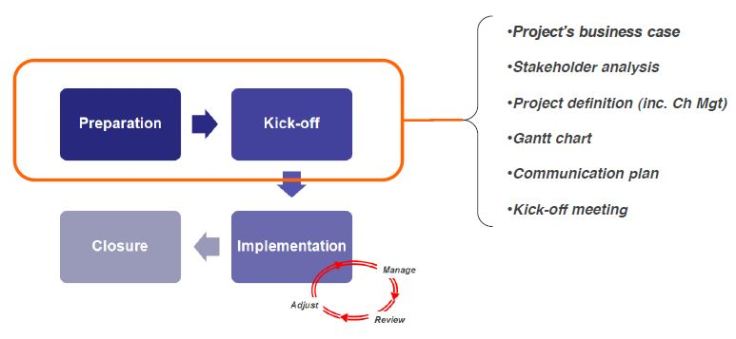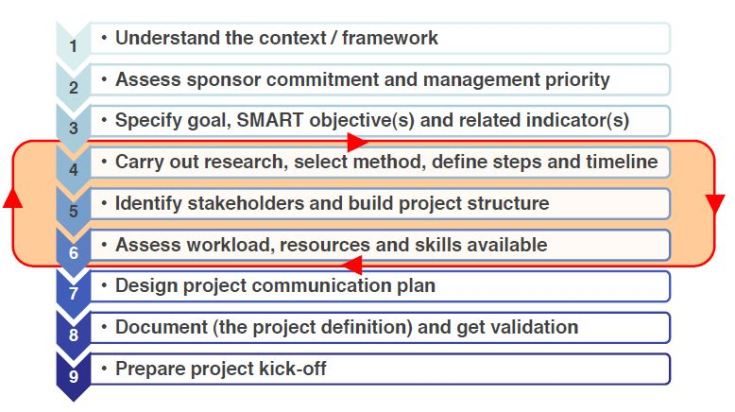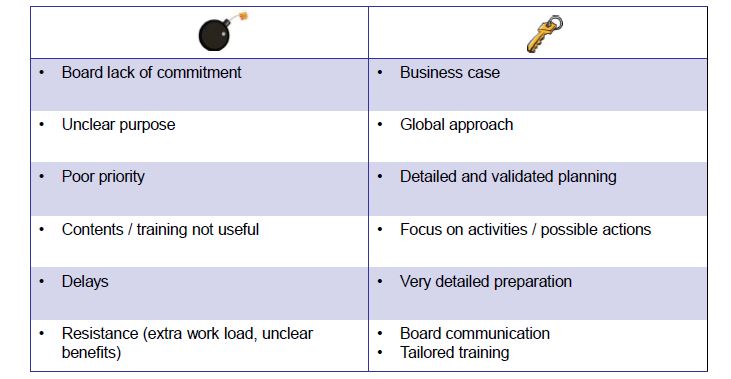At the start of a project or a new programme’s phase, it is very important to make a compelling case to your beneficiaries, to your staff and to your funders.

The preparation phase is absolutely key to building a strong project’s case. You must make sure you make throughout research of the literature and studies available (internationally and locally so you can understand your context at various scales): What problem are you trying to solve and what can you find out about it? What similar projects or organisations exist? In this context, what are the competitive advantages and differentiation factors of your project?
But you must also do some internal research: Who are your stakeholders (Stakeholders analysis) and what is their commitment/expectations/role in your project? Do you have any data, lessons learnt or feedback from previous years or similar programmes? What resources do you have available? Will your project be viable and sustainable? Will the local community supports it? Is there any legal compliance you need to consider?

A good way to structure your preparation phase is by preparing a “Project Definition Document”. Brainstorming with the team and stakeholders should be conducted both BEFORE you put together this document and AFTER to debrief about it. You must ensure everyone share the document’s vision so they can successfully implement it and fulfil their roles.
Below is a template you can use:
- Introduction: project background & purpose of the document
- Context: What is its global context (comparison with other institution, trends, etc.)? How and why has the project originated? What is the overall program / approach it may be part of? How does this tie in with the institution’s culture?
- Purpose of the document: How it has been produced? How is it going to be used and by whom?
- Project scope and objectives
- General goal and scope covered
- SMART objectives and stakeholders
- Deliverables
- Stakeholders Analysis
- Project organisation:
- Approach and principles
- Phases, steps and calendar
Example of steps:
- Stakeholders consultation and initial preparation
- Board commitment (3 h session) leading to Project communication
- Detailed project communication
- Collect and communicate on results, including to Stakeholders
- Structure, roles and responsibilities
- Follow-up and reporting
- Project resources:
- Budget, expected workload, others
- Project communication
- Communication plan
- Risks and key success factors
Example of a table for risks and success factors:


Leave a comment